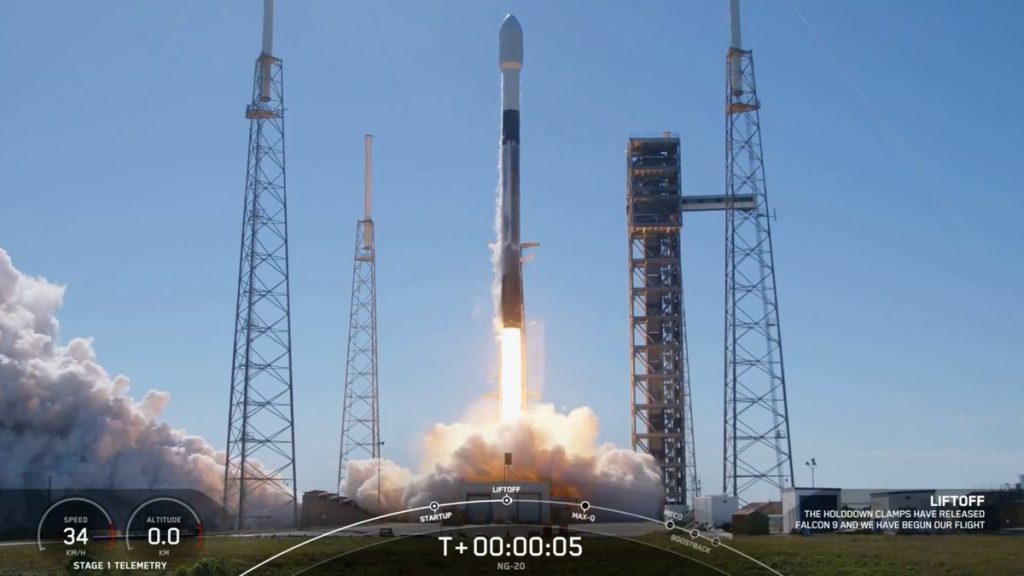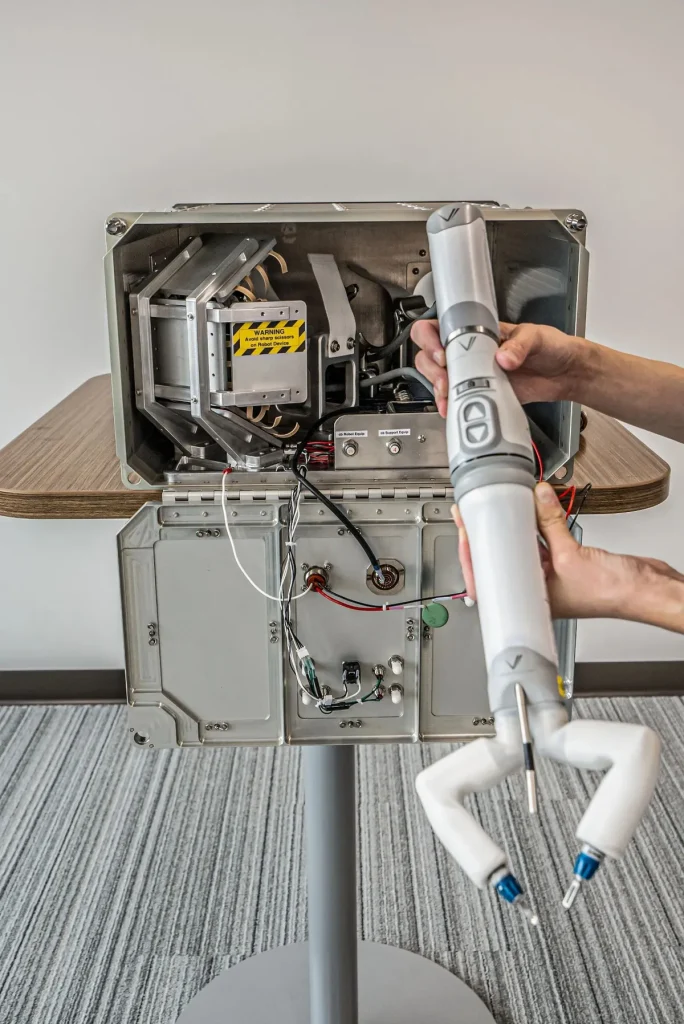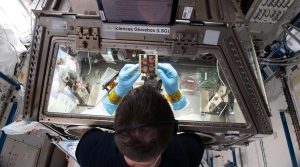NASA to Deploy a Surgical Robot MIRA to the ISS Today
30th Jan 2024
Today, on the 30th January, a compact assistant robot known as In Vivo (MIRA) will be sent to the International Space Station (ISS) to conduct surgical experiments.
The launch is set for no earlier than 12:07 p.m. ET (1707 GMT), and is expected to reach the ISS a few days later on the 1st February.
Update: 31st January
SpaceX launched Northrop Grumman’s private Cygnus cargo spacecraft carrying the freighter and its 4 tons of cargo including MIRA to the ISS.
On the 30th January at 12:07 p.m. EST (1707 GMT), the Cygnus spacecraft took off using a Falcon 9 rocket from Cape Canaveral Space Force Station in Florida.
The launch marked the commencement of the 20th operational cargo mission for Cygnus.
In addition to the surgical robot MIRA, the research equipment on the freighter includes an experiment focused on growing cartilage. Another project, led by the European Space Agency, will explore the 3D printing of metals in microgravity conditions.

Image Credit: NASA/SpaceX
An experiment to test surgical technologies
Being a part of NASA‘s NG-20 mission, this experiment is designed to assess surgical technologies. These technologies could be used for future long-distance space travel. Additionally, the experiment would serve as a valuable step towards conducting remote surgical interventions on Earth as well.
Introducing In Vivo
In Vivo, or MIRA (Miniaturized Robotic-Assisted Surgery) is a robotic device developed by Virtual Incision. It weighs approximately one kilogram and is equipped with two controllable “arms” that hold a grasper and a pair of scissors.
The robot’s purpose is to facilitate communication between human doctors on Earth and astronauts, enabling precise medical interventions in space.
Shane Farritor, co-founder of Virtual Incision, stated that the machine will be operated from Lincoln, Nebraska, to dissect simulated surgical tissue in orbit. Currently, the robot is undergoing testing using rubber bands.

Image Credit: NASA/Virtual Incision
Ensuring astronauts’ safety in future space explorations
The team of researchers holds high expectations for the robot to assist astronauts beyond Earth’s boundaries in future large-scale space explorations.
For instance, NASA’s Artemis program aims to land on the moon in 2026 and eventually reach Mars. These missions pave the way for future space exploration, including journeys to Venus and beyond the solar system. The goal is to provide astronaut safety in environments like Mars, Venus and others where they are not naturally adapted.
Benefits of the MIRA technology on Earth
Researchers add that the utility of such surgery extends beyond astronomers to benefit Earth’s inhabitants.
“This kind of robot can aid in telesurgery or remote surgery. Currently, only about 10% of operating rooms use robotics, but we see no reason why it shouldn’t be 100%,” explained Farritor.
The scientists also emphasize the significance of this technology for hospitals in rural or remote areas where specialists and operating rooms are limited.
Currently, scientists are working to ensure that medical care in space matches the advancements in rocket technology.






Thank you for your comment! It will be visible on the site after moderation.